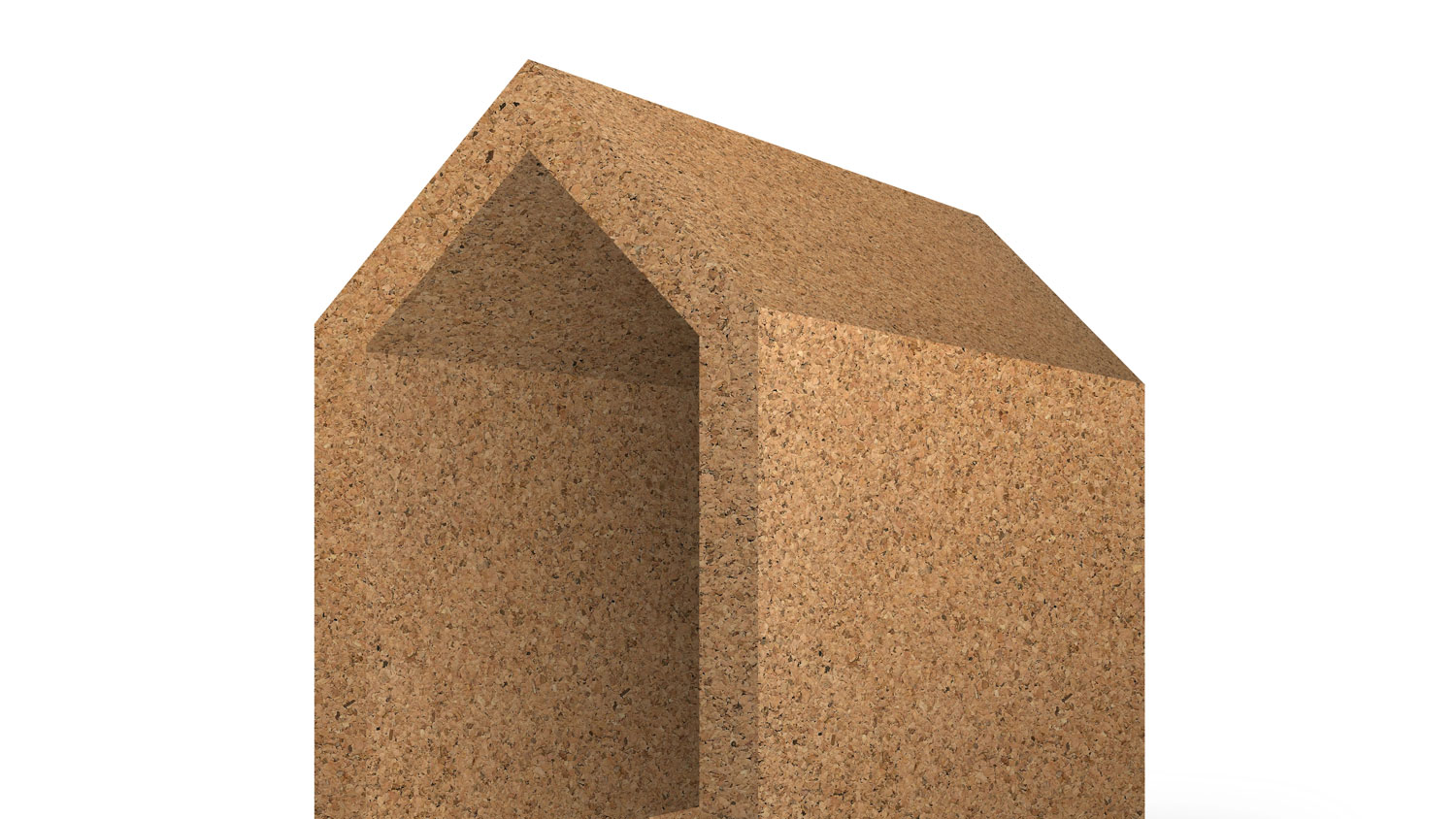What is Cork Insulation? What it’s Made of and How it Works


If you’re looking for a material for home insulation that is a natural and renewable resource, cork is a great option.
When you think of the word “cork,” you probably think of popping bottles, but it is so much more than that. Cork insulation is made from a natural resource that is completely sustainable, but we will get into that in more detail just below.
At RetroFoam of Michigan, we only insulate homes and other structures with foam insulation. With that being said, what kind of insulation contractor would we be if we didn’t know about the other materials offered?
We’re on a mission to educate every homeowner who comes across our blog. As a part of that mission below, you will find all of the ins and outs of cork insulation.
What is Cork Insulation?
Cork insulation can be found as semi-rigid sheets, also known as expanded cork boards, or sheets.
Cork has great insulation properties whether it’s hot or cold and come in different sizes and thicknesses depending on where the material is installed.
The cork insulation can be installed in any exposed cavity of the home from the attic to the crawl space, and even the walls if the drywall is taken down.
How Cork Insulation Works and What it’s Made Of
If you’re looking for a natural and renewable source for insulation, cork has you covered.
Cork is renewable and sustainable as it comes directly from cork oak trees. The thing is, these trees don’t have to be cut down to harvest the cork.
The cork is harvested from the cork oak trees every nine years. Most times when people think about harvesting a plant, they think about removing it for that season. Cork oak is the only tree that can have all of the bark removed without harming the trunk, according to Cork Forest.
Cork insulation is created as the cork granules are steam-heated, which causes the cork to expand and activate suberin. This suberin is actually a natural binding material for in the cork. There are no other binders or chemicals added to the cork, according to the Jelinek Cork Group.
Cork insulation is hypoallergenic, doesn’t promote mold growth, and reduces thermal bridging. Basically, the cork board can reduce the amount of heat leaking into and out of your home.
Pros and Cons of Cork Insulation
All insulation materials come with their own unique pros and cons.
Let’s take a look at the pros and cons of cork board insulation.
Pros
- Cork board insulation is 100 percent natural and renewable.
- Testing shows expanded cork insulation board resists burn-through for more than an hour, according to Building Green.
- Cork board insulation is durable and biodegradable.
- Cork insulation has sound dampening qualities.
Cons
- Exact pricing can be difficult as distribution in the U.S. is still being set up.
- The expanded cork insulation gives off a smoky smell.
- Cork still allows for some air movement.
- It can be an expensive option as distribution is still being determined.
How to Install Cork Insulation
Much like foam board insulation, the process to install cork insulation in your home is fairly simple.
The cork board insulation can be installed in an open cavity. The biggest thing to keep in mind is making sure you don’t leave any gaps between the boards when you place them. You can use tape or caulk to ensure it stays in place. If you leave those seams open, you will end up with more air movement than you want.
It’s not uncommon to see homeowners install 8- to 10-inch layers of cork board insulation in exterior walls and 10- to 12-inches in the roof deck. This doubling up helps reach the R-Value required of the material.
Choosing the Right Insulation for Your Home
Choosing a green building material that fits into your expectations and goals for reducing your carbon footprint can be difficult.
While cork board insulation is one of the greenest materials on the market, it can also be costly. What it all really boils down to is weighing your options and choosing a material that best fits your lifestyle and expectations.
Related Articles
Foam vs Fiberglass vs Cellulose: Which Insulation is Best for My Existing House?
4 Renewable Energy Options for Michigan Homeowners
About Amanda Emery
Amanda previously has worked as a breaking news and crime reporter, TV news producer, and editor in Flint and Detroit. Throughout her career as a journalist, she has won several awards from The Society of Professional Journalists - Detroit Chapter and the Michigan Press Association. As part of the RetroFoam of Michigan family, Amanda uses her experience as a journalist to write content that will help educate homeowners on the benefits of foam insulation. When Amanda isn’t writing, she’s spending time with her husband and rescued huskies. She also loves knitting, making art, cooking, and hosting dinner and a movie night for friends and family.


